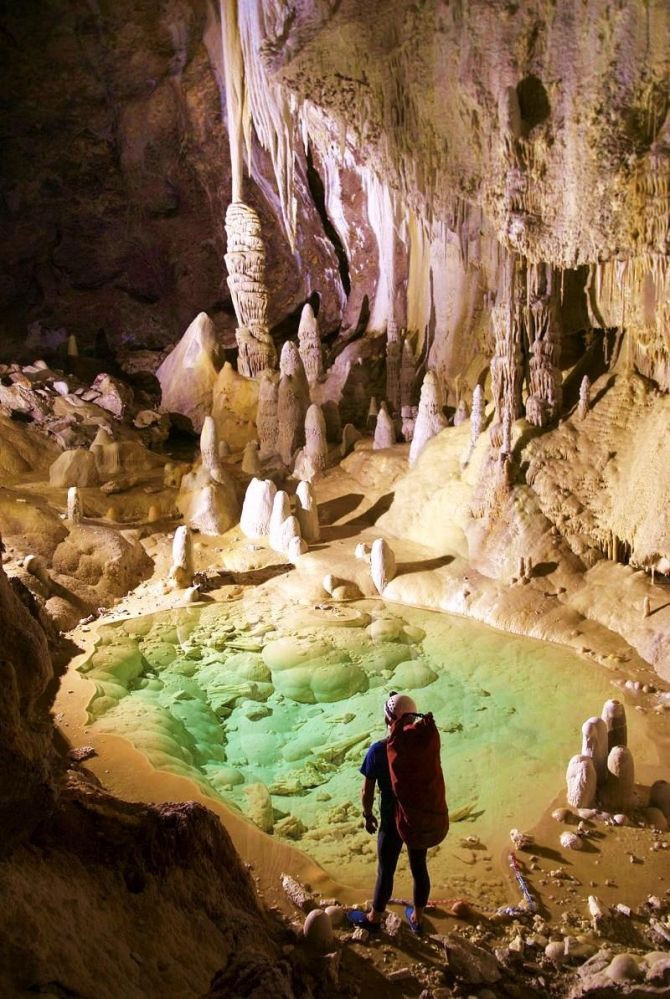Bacteria Resistant to Even the Most Modern Antibiotics Found in 4-Million-Year-Old Cave

Scientists have discovered nearly a hundred antibiotic-resistant bacteria in a 4-million-year-old pristine cave more than 1,312 feet below the Earth’s surface.
While the bacteria taken from the cave are not infectious to humans, they are resistant to several types of antibiotics both natural and synthetic.
Researchers are surprised by their discovery of the superbugs coating the rocky walls of the Lechuguilla cave New Mexico that have had up until recently encountered neither people nor modern antibiotics, because they have long thought that bacteria only built resistance to antibiotics after being repeatedly exposed to the drugs.
The findings suggest that drug resistance may actually be an ancient trait and that bacteria found in the cave developed resistance from natural anti-bacterial chemicals in the environment and through the natural process of gene swapping. While the superbugs were resistant to both natural and synthetic based treatments, there were significantly more resilient against natural product antibiotics.
"Our study shows that antibiotic resistance is hard-wired into bacteria. It could be billions of years old, but we have only been trying to understand it for the last 70 years," lead investigator Gerry Wright, a chemical biologist at McMaster University in Ontario said in a written statement released on Wednesday.
Since Lechuguilla cave was discovered in 1986, very few people have been given access, making the cave an ideal environment for scientists to study life that has been uncontaminated by human activity.
Wright and his colleagues tested 93 types of bacterial strains taken from the cave against 26 different antibiotics and found that about 70 percent of the bacteria were resistant to resistant to three or four classes of antibiotics, and three strains that appeared to be a distant strain of anthrax were resistant to 14 of the 26 treatments tested, like telithromycin, ampicillin and daptomycin, drugs that are currently a last resort treatment to combat resistant infections.
Researchers say that the latest findings that highlight the growing concern of antibiotic resistant bacteria for human health raise questions of where and how these organisms are developing resistance.
"In extreme cases these organisms are resistant to seven or more drugs and are untreatable using traditional treatment, and doctors must resort to surgery to remove infected tissue," Wright said. "The actual source of much of this resistance is harmless bacteria that live in the environment.
However Wright also noted that the findings may also suggest that there are many more antibiotics in the environment that could be found and used to treat currently untreatable infections.
The study was published April 11 in the Journal PLoS ONE.
Published by Medicaldaily.com



























